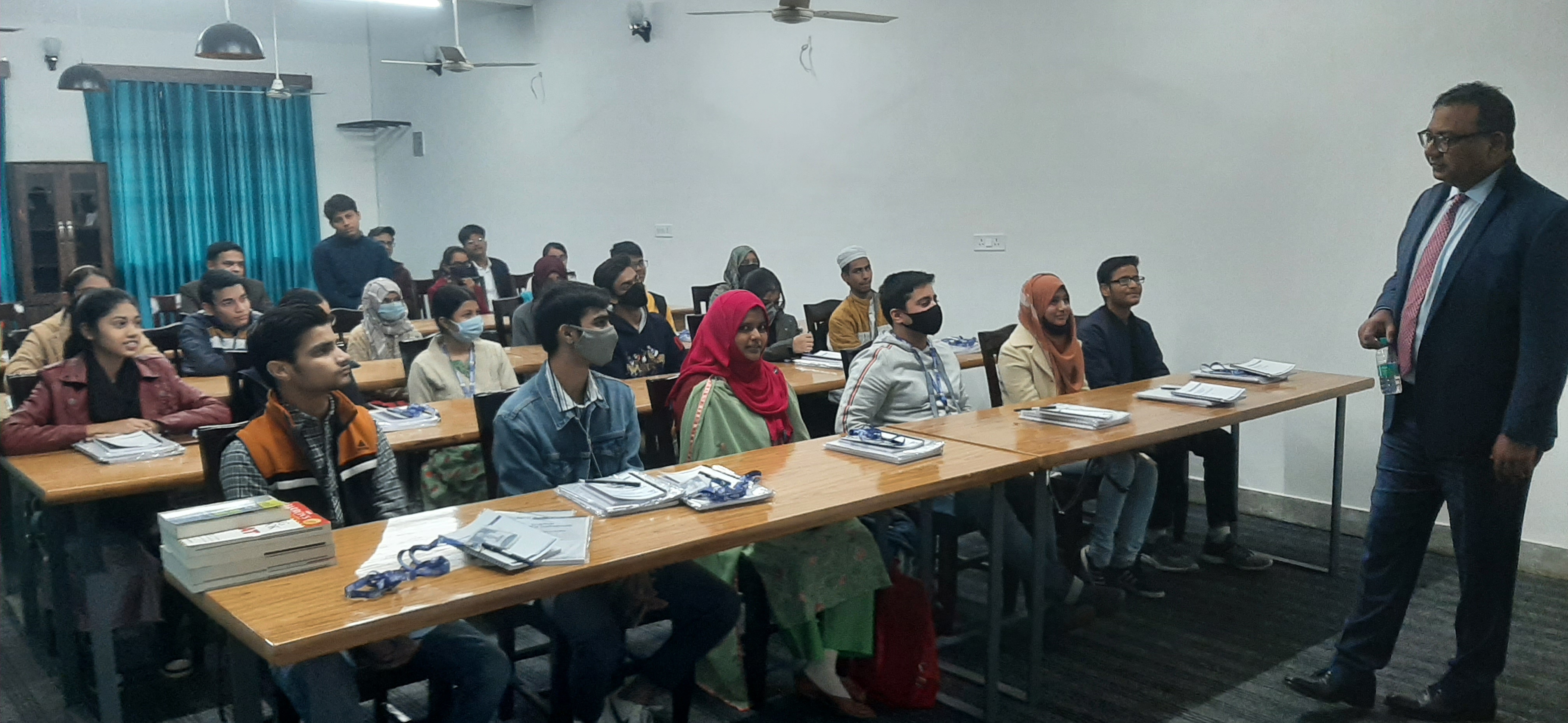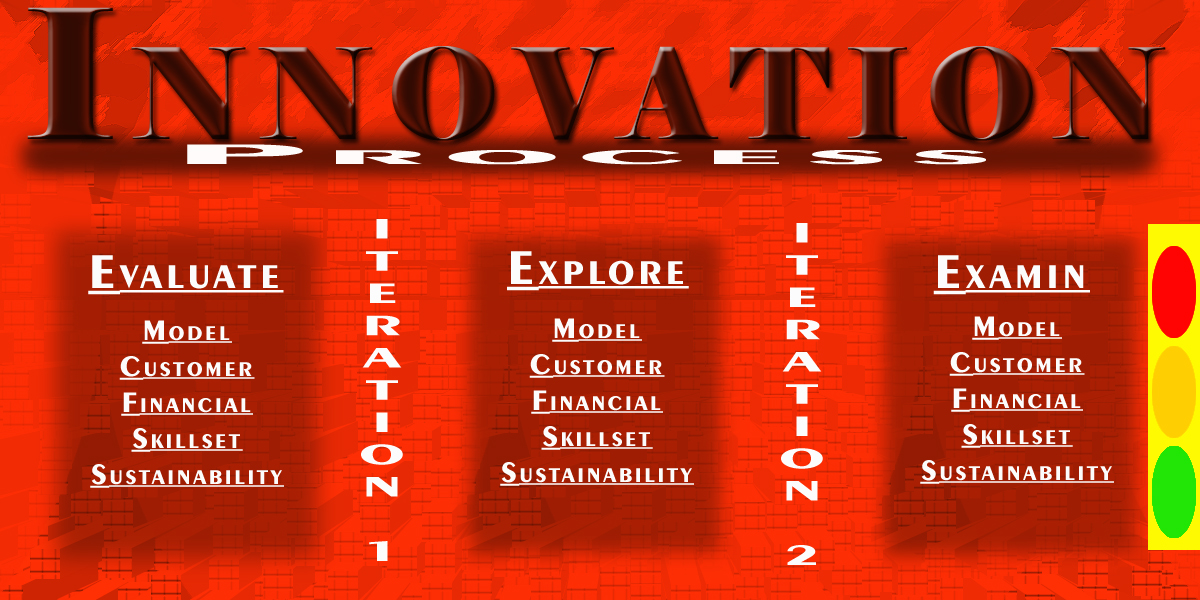A
large number of students in their school and colleges ask up about the other aspects of studying abroad apart from the area of their interest for higher studies and the subjects etc. In this article we are trying to put the necessary elements of the cost of studies, scholarships and loans available to international students going to study in the USA.
Courses of academic or professional interest
First you need to decide on the course you are looking for in the USA, this will ease out the search for the possible universities or colleges offering that. Once the college list is made and you are ready to apply you need to get answers to the following critical questions:
Accommodation
In-campus means the university-managed accommodation or a private place.
In case you choose to get into a university-managed accommodation you need to close on the food. You may choose to university catering or self-catered option. In catered accommodation your meals being cooked for you and certainty with meal costs. Else you cook yourself or eat out, that is obviously difficult choice unless you are a foodie or lives with your community friends who can rotate cooking.
Orientation
The college guide book will help you understands the college, the facilities and the other details. Orientation week is mandatory for international students so ensure and you arrive before it starts. This is the time where you will be introduced to the university and its services, as well as enrol in your classes.
Activities
Choose activities, colleges offer extra-curricular activities that provide students with a wide range of experiences. Music, drama, science, and literary societies in colleges offer opportunities for outdoor education and other leisure activities. Visits to theatres, concerts, and places relevant to the courses of study such as art galleries and museums, religious centres or historical sites, scientific companies and projects are all part of college life.


Cost of living in the USA
Living expenses
The cost of living depends primarily on city our suburb, close to college or far, delux or premium type of accommodation along with how much you will socialize. Approximately $10000-12000 are easily spent if you choose to live moderately.
Some of the basic elements for living as an international student in the US are:
- Accommodation rent ( on campus or off campus )
- Groceries and food
- Utilities like electricity, water, gas, internet
- Phone bills
- Text and reference books
- Airfare for traveling back to India.
Other elements which may differ from person to person would be:
- Dining out
- Travel and Vacation
- Car rent and Car insurance
- Cable TV connection
Cost of Studying in the USA
The tuition fee varies according to different universities, courses, and the city.
The average tuition fee in the US might be Rs 22.82 lakh per year for an undergraduate course and for a post-graduate course, the cost would be Rs 20.37 lakh per year approximately.
Remember, the cost of a program in a US school does not necessarily affect its quality. It can vary from as low as $10,000 per year for state universities to as much as $80,000 per year for some private universities.
Health insurance
Insurance is mandatory for all International students as they have to stay abroad for a long period of time. Insurance costs are generally around $500-$1,000 per year. Before getting insurance make sure that it covers medical expenses, personal accidents, dental treatment, study interruption, and passport loss, etc. Insurance is basically cashless so a student does not need to pay money at the time of hospitalization.
The habit of doing your own work will help you abroad, washing, cooking, cleaning and walking saves a lot of money.
Your study in the US is also supported by SCHOLARSHIP
Tuition fee waivers are awarded to international students on the criteria of merit and need basis. It’s a country always looking for the best global brains to catch them young, call then and settle them for good. So if you have strong academics, good performance in standardized exams, and extracurricular achievements you would be eligible for scholarship awards and financial assistance.
Documents required: Scholarship application requirements may differ but normally all universities ask for:
- Academic records and photocopies
- A recent CV
- A letter of intent, which acts as a cover page
- SAT Score
- Certificate of Language Proficiency (TOEFL or IELTS scores)
- Letters of Reference (LOR)

Loan facilities
In India, more or less all Indian nationalized banks as well as a few private banks offers education loans on few criteria.
Student eligibility criteria: The first thing is to be aware (and also check with your nearest branch) of whether you are eligible to apply for the loan or not. The bank rules keeps updating so its better to know the basics but rely on the updated information provided by the banks counter.
The general eligibility criteria that are followed by all the banks are as under, these might come handy for basic knowledge:
- You should be an Indian national
- You must have a strong academic record
- You must be seeking admission to a professional, technical or another course of studies. Most banks maintain that the selected course should be job oriented.
- You must have secured admission to foreign university institutions.
- You must be above the age of 18 years or else your parents can avail the loan.
Eligibility of course: You may not get a loan on every course. Here are the kinds of courses that qualify for the education loan.
- For Graduation: Job oriented professional or technical courses offered by reputed universities
- For Post Graduation: MCA, MBA, MS and also diplomas
- These courses could be from foreign universities or institutes approved by the state and central government.
Loan amount: The banks generally offer to give a loan of 80% of the amount and you will have to put in the balance 20%. This is called the margin amount.
The upper limit: The maximum loan amount offered by public sector banks for studying abroad is generally around Rs 20 lakh. However, many private banks offer loans amount more than Rs 20 lakh as well it depends on the institution you have applied and of course your capacity to pay back..
Documentation required: You need your basic Indian documents but the acceptance letter sent by the University reflecting that you have been selected for the course and the schedule of fees is the most important document. Also you need your academic record to be submitted to the bank for example the mark sheet of the last qualifying examination to show your academic record. Do check with your bank for specific set of documents.
Repayment: Repayment starts only after you complete the course. If you get employed within one year after completion of the course, the repayment should start immediately after the expiry of one month from the date of employment. If not employed, the bank needs to be taken into confidence else they will force for repayments.
The loan is generally to be repaid in 5-7 years after commencement of repayment. If the student is not able to complete the course within the scheduled time, an extension of time for completion of the course may be permitted for a maximum period of two years. Generally, you will get up to a maximum number of 10 years to repay the loan.
For more details please contact us on email, phone or whatsappp.




